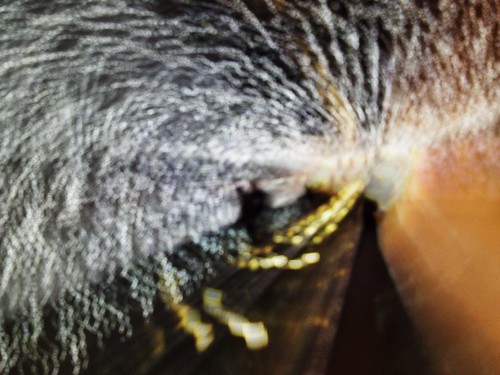Macro photography can open up a whole new world. While the macro level of measurement is simply what we can see, when used to describe photography the word describes an extreme close-up of very small item. And as you can see from Kim’s picture, it can show an amazing amount of detail that is nearly invisible to the casual observer. I’m not even sure what type of flower this is, but from this perspective it looks like something that evolved on another world.
A photographer can do macro photography using a number of different tools and techniques. The simplest and most direct way is to use specialty macro lenses. The draw back of these lenses are they are very expensive. A simpler way is to use close-up filters (basically magnifying glasses that screw onto the camera lens) to magnify a zoom lens. While this way is significantly cheaper, it’s also reduces the quality of the image. Yet another way is to achieve macro photographs is to reverse a zoom lens on the camera; think of it like looking the wrong way through a pair of binoculars. This is obviously very cheap as you are using a readily available lens, but it is complicated to get everything working right. These are just a few ways, so if you’re interested in trying this, check out the link at the start of the paragraph. It can open a whole new world of photography to you!
